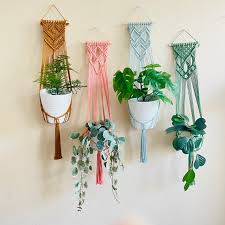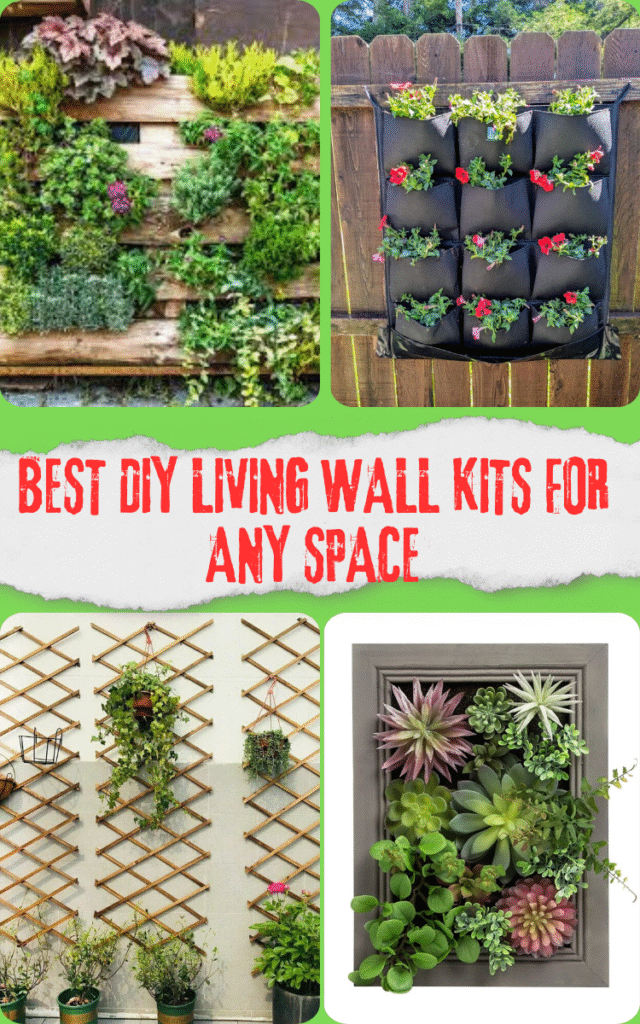
Living walls, also known as vertical gardens, are a vibrant way to incorporate greenery into your home without sacrificing floor space. Whether you live in a compact apartment or a spacious house, these plant-covered walls offer a fresh, organic touch that enhances any indoor or outdoor setting. From succulents and herbs to flowering plants and moss, the possibilities are as endless as your imagination.
In this guide, we’ll explore 15 DIY living wall ideas that are not only functional but also beautiful and budget-friendly. Whether you’re a seasoned green thumb or a complete beginner, these projects cater to various skill levels and design styles. Let’s dive into creative ways to turn your blank walls into lush, living masterpieces.
1. Wooden Pallet Plant Wall

A wooden pallet can be transformed into a stunning vertical garden with a bit of creativity and effort. Simply sand down a recycled pallet, attach landscape fabric to the back and bottom of each row, and fill it with potting soil and your favorite plants. This rustic setup is ideal for herbs, succulents, or small flowering plants.
Wooden pallet walls are perfect for outdoor patios or balconies and can also be used indoors with proper wall protection. They offer a farmhouse or boho charm that complements earthy tones and natural textures. Best of all, they’re affordable and easy to customize with paint or stain.
Beginner gardeners will appreciate how approachable this project is, while still making a bold visual impact. Just remember to water carefully to avoid runoff or leaks. With a few tools and a weekend of work, you’ll have a lush wall that bursts with life.
2. Hanging Pocket Planter Wall
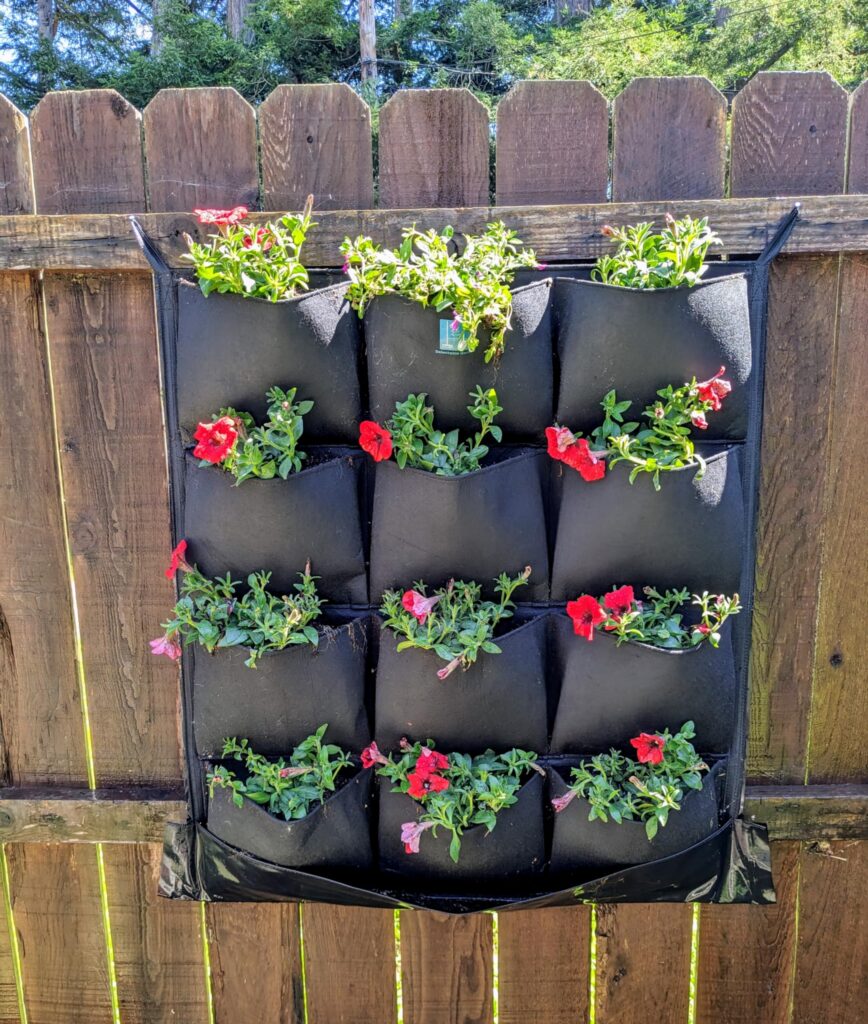
Fabric pocket organizers—especially those used for shoes—make surprisingly effective vertical planters. Mount one on a wall or over a door, fill each pocket with soil, and add small plants like herbs or trailing greenery. Look for felt versions designed specifically for gardening for better drainage and breathability.
This idea is especially useful for renters, as it requires no permanent changes. The pockets are lightweight and can be easily relocated or swapped out for seasonal updates. Indoors, place it near a window with ample light; outdoors, it can transform a bare fence or shed wall.
Affordable, modular, and compact, a hanging pocket planter wall is an excellent choice for apartment dwellers or beginner DIYers. It adds both color and function while maximizing space in even the smallest areas.
3. Modular Vertical Planter Boxes
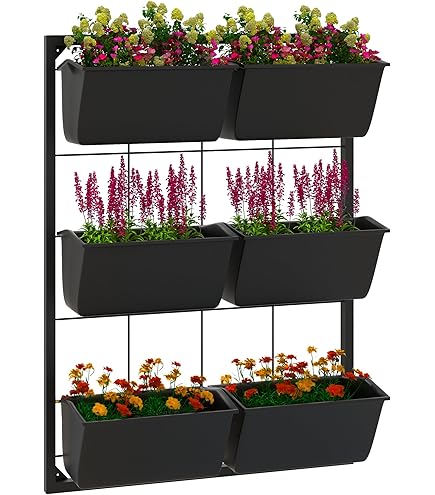
Modular planter boxes can be stacked, arranged, or mounted to create a personalized living wall. Build or buy rectangular boxes in different sizes and combine them in an artistic pattern that fits your wall’s shape and size. You can use wood, metal, or even plastic containers depending on the desired aesthetic.
These planter walls are highly customizable and scalable, making them ideal for both tiny balconies and expansive backyard fences. You can mix flowering plants with herbs or decorative foliage to create contrast and texture. Painting the boxes in vibrant colors or staining them to match your decor adds another layer of charm.
While this project may require some basic woodworking or power tool skills, the result is well worth the effort. Modular walls give you total design control and are perfect for growing a variety of plants with different water and light needs.
4. Succulent Frame Garden
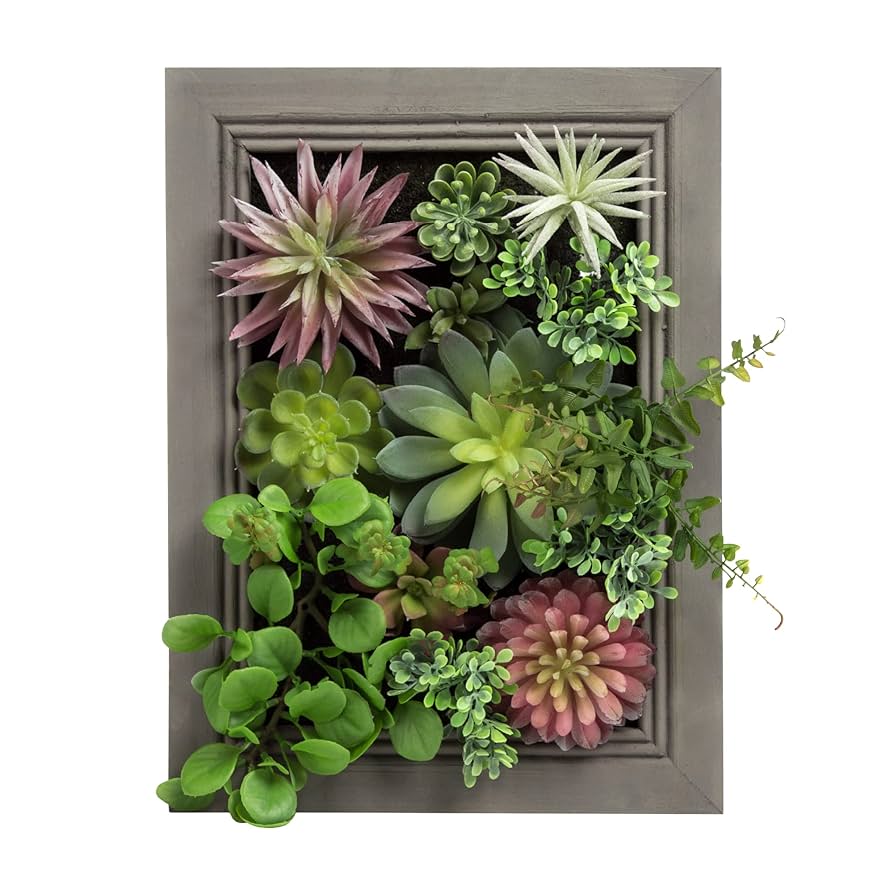
A succulent frame garden is like living artwork for your wall. Using a shadow box or deep picture frame, you can fill the interior with wire mesh, moss, and soil before planting succulent cuttings in between the grid. After a few weeks, the cuttings take root and the frame becomes a lush, green mosaic.
Succulents are low-maintenance and require minimal watering, making this idea perfect for busy households or low-light areas. Hang it indoors near a sunny window or outdoors under partial shade. The finished product is both elegant and striking.
This project is a great introduction to vertical gardening for beginners. It blends gardening with artistry and brings an organic texture to your walls. Use different succulent varieties to add depth and visual interest to the living frame.
5. Trellis + Climbing Plant Wall
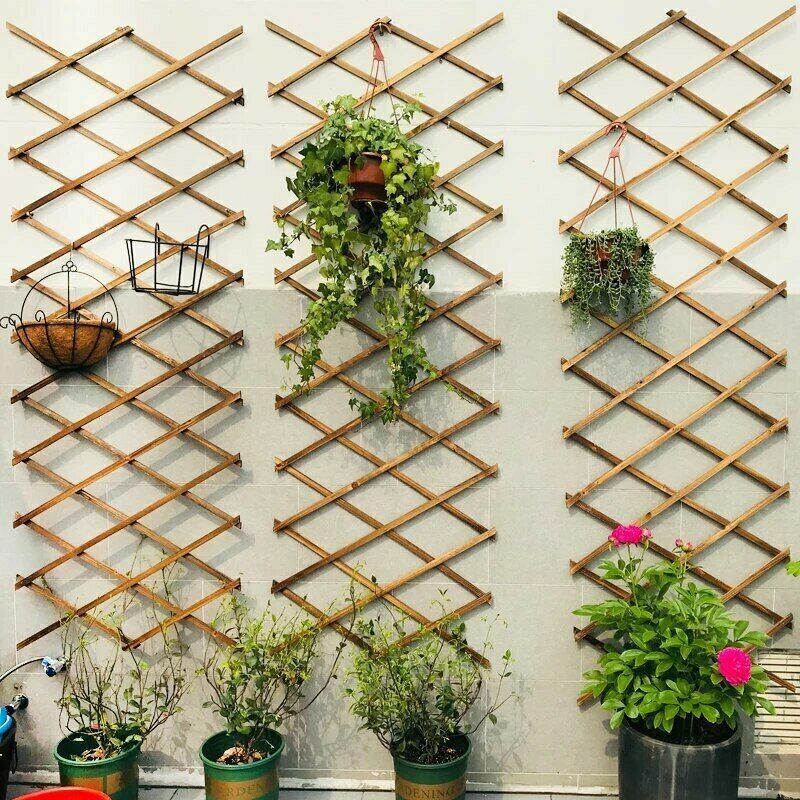
A classic trellis can be transformed into a living wall with the help of climbing plants. Attach a wooden or metal trellis to a wall or fence, and train vining plants such as ivy, jasmine, or clematis to grow upward. Over time, the foliage fills in the grid, creating a lush, green tapestry.
This method is ideal for outdoor spaces, especially those in need of privacy or shade. It’s also a relatively low-cost way to enhance a dull or blank wall. Choose fast-growing climbers to accelerate the effect, and provide support with garden ties or clips if needed.
While it may take a few months for the plants to fill in, the final result is timeless and beautiful. The vertical movement adds drama to your garden, and the layered greenery helps cool your space naturally.
6. Repurposed Gutter Planters
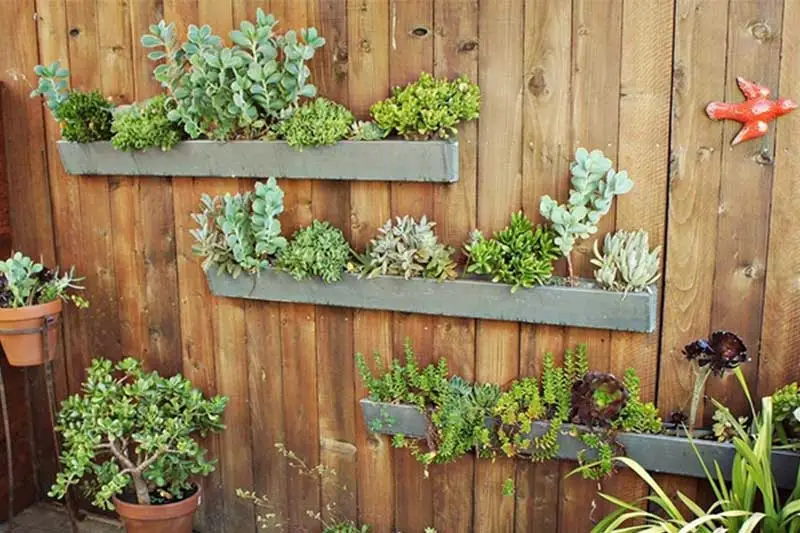
Rain gutters aren’t just for drainage—they can also be clever planting containers. Cut old gutters into lengths and mount them horizontally to a wall in tiers. Cap the ends to hold soil and drill drainage holes along the bottom before planting herbs, flowers, or even strawberries.
This idea is functional, space-saving, and incredibly affordable, especially if you’re upcycling used materials. It’s ideal for small balconies, patios, or narrow outdoor walkways. The layered design allows each row to receive ample sunlight and airflow.
Paint the gutters in vibrant colors for a cheerful effect or keep them neutral for a modern look. Repurposed gutter planters make a fun weekend project and offer a satisfying way to grow your own food or flowers vertically.
7. Pegboard Plant Display
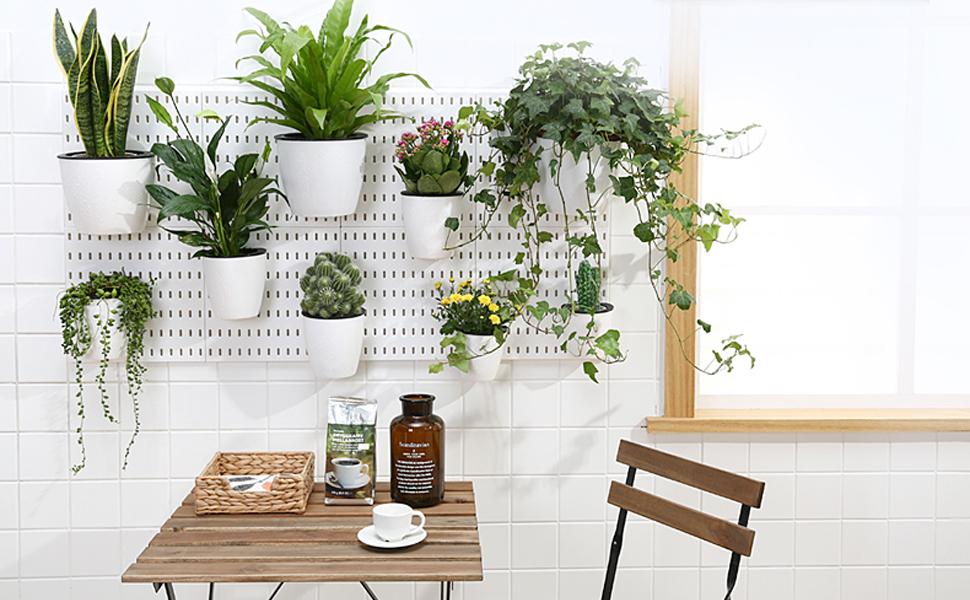
A pegboard offers a versatile and stylish way to create a customizable living wall. Mount a wooden or metal pegboard on your wall and hang a combination of planters, vases, and garden tools from hooks. The open grid structure allows for endless layout changes.
This system works especially well for indoor spaces like kitchens, home offices, or entryways. It’s easy to rearrange as plants grow or as your design preferences evolve. Mix in other items like framed photos or hanging lights for a multi-functional wall feature.
The pegboard’s flexibility makes it an ideal choice for design enthusiasts who like to change things up. It combines modern aesthetics with practical storage and plant display in one cohesive solution.
8. Reclaimed Ladder Garden
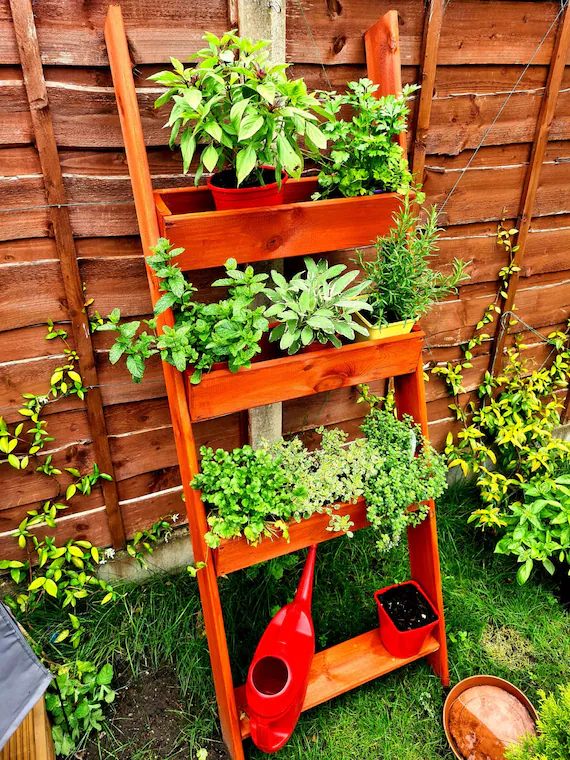
An old wooden ladder can become an eye-catching vertical planter when leaned against a wall and outfitted with pots on each rung. You can hang baskets from the steps or place small planters on wooden planks laid across them. The rustic charm adds character to both indoor and outdoor spaces.
This idea requires no drilling, making it a favorite for renters or temporary spaces. You can easily reposition the ladder as needed or store it during off-seasons. For extra stability, anchor the top to the wall with brackets.
Pair it with flowering plants, trailing vines, or herbs depending on the room. A reclaimed ladder garden combines utility with nostalgic charm, offering a unique and flexible living wall option.
9. Cinder Block Wall Garden
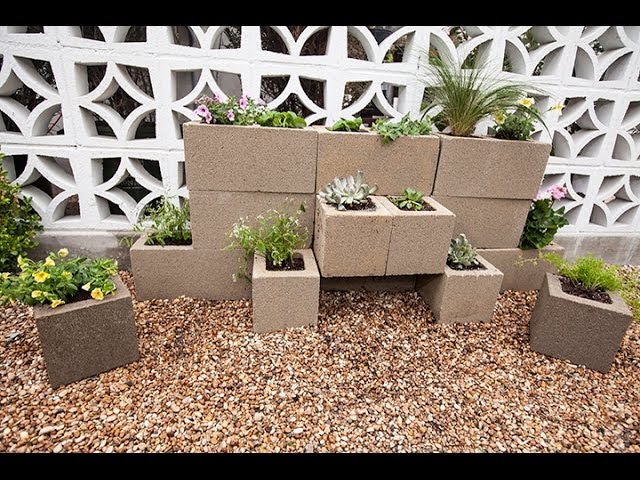
Cinder blocks can be stacked and arranged into a freestanding vertical garden that’s as sturdy as it is stylish. Turn the open sides of the blocks outward to act as natural planters. Fill them with soil and your favorite plants, from herbs to drought-resistant varieties like succulents.
This heavy-duty option works best in outdoor settings like patios, driveways, or courtyards. You can paint the blocks for added flair or keep them raw for an industrial vibe. It’s perfect for gardeners looking for a long-lasting, low-maintenance structure.
Arrange the blocks into creative patterns or tiered designs for visual interest. The weight and modular nature of cinder blocks make them ideal for supporting larger plants without the need for anchoring to walls.
10. PVC Pipe Living Wall
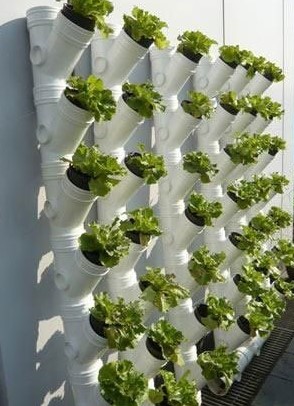
Create a futuristic vertical garden with PVC pipes cut lengthwise and mounted to a wall. Each pipe section acts as a trough planter, ideal for herbs, leafy greens, or small flowering plants. Drill holes for drainage and secure them with metal brackets for safety.
PVC is a low-cost and durable material, making this project budget-friendly and long-lasting. Its sleek look suits modern homes, and you can spray paint it to blend with your decor. Arrange the pipes vertically, diagonally, or in a geometric pattern for extra style.
Ideal for tech-savvy DIYers or minimalists, a PVC pipe living wall brings form and function together in a clean, structured way. It’s particularly good for kitchens or balconies where herbs can be harvested right off the wall.
11. Hanging Shelf Planter Wall
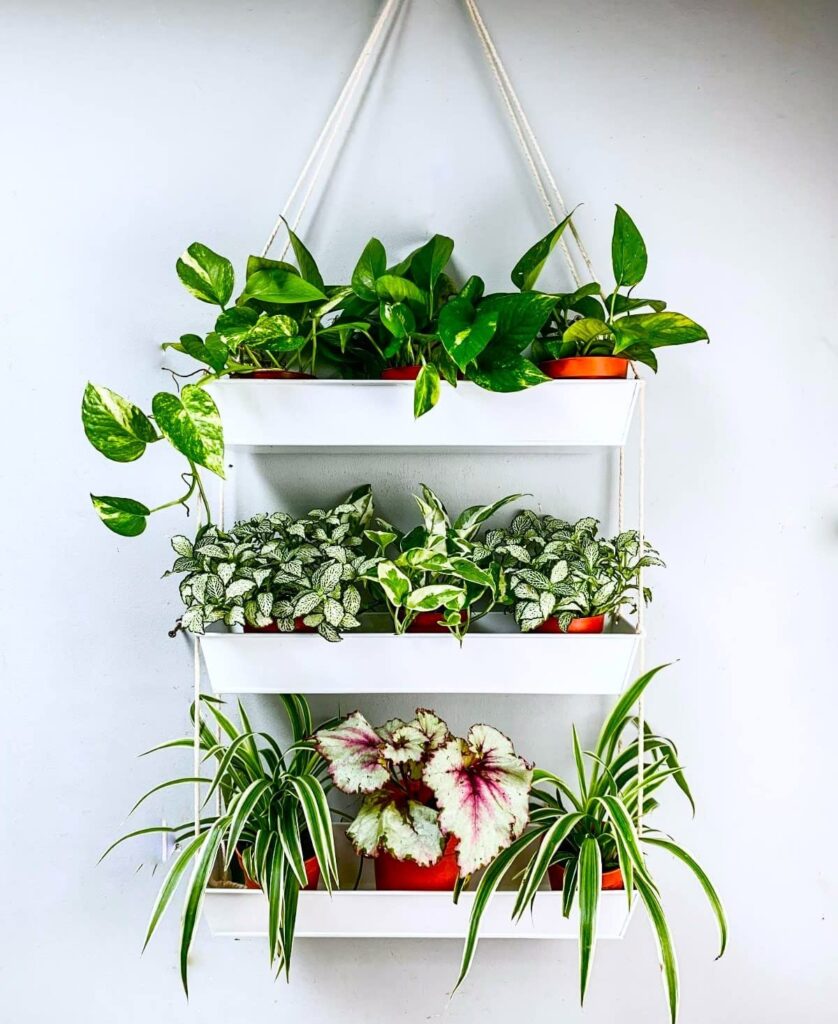
Floating or suspended shelves make excellent bases for small potted plants. Mount them in rows or staggered patterns on an accent wall and decorate with greenery to create a multi-layered effect. This design adds architectural interest and lushness at the same time.
Use wooden, metal, or glass shelves to match your decor style. Group similar plant types together for a unified look or mix sizes and colors for a more eclectic feel. Add in small sculptures or decor items to complete the design.
A hanging shelf wall works beautifully in living rooms, home offices, or bedrooms. It’s an easy, scalable way to start experimenting with vertical gardens without the need for complex structures.
12. Living Moss Wall Panel
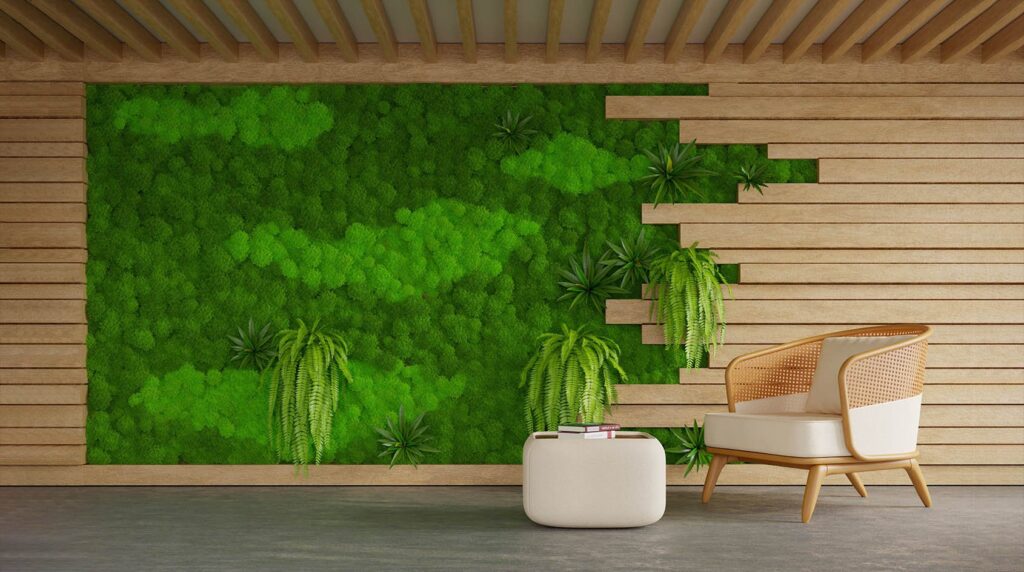
Living moss walls are soft, serene, and surprisingly easy to maintain. Whether you opt for live moss or preserved varieties, these panels bring an instant sense of calm and spa-like energy to any room. Framed moss panels or full moss walls can be mounted like artwork.
Live moss needs regular misting and indirect light, while preserved moss requires no maintenance at all. Choose between sheet moss, reindeer moss, or cushion moss for different textures and hues. Mix them for a truly lush effect.
Perfect for meditation spaces, bathrooms, or modern office settings, moss walls add texture and biophilic design elements to your environment. They’re sound-absorbing too, making them both beautiful and functional.
13. DIY Hydroponic Living Wall
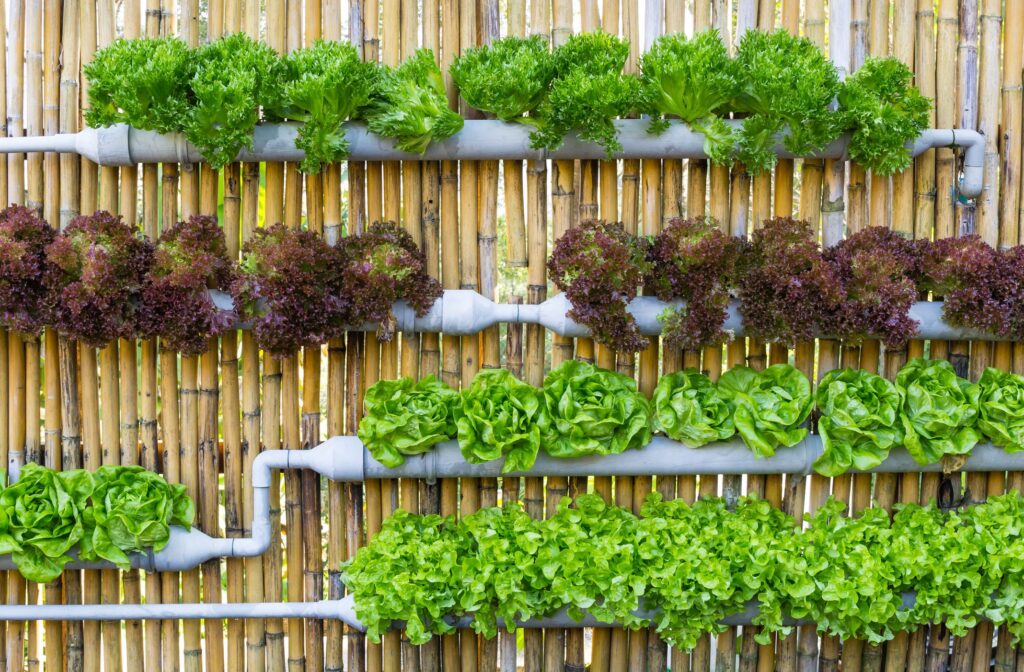
Hydroponic systems allow you to grow plants without soil, using nutrient-rich water. A vertical hydroponic wall uses stacked containers or channels through which water flows continuously or periodically. This method is great for leafy greens, herbs, and even strawberries.
DIY versions can be created with recycled bottles, plastic bins, or specially designed wall-mounted planters. You’ll need a small pump, water reservoir, and a timer for irrigation cycles. While the setup can be a bit technical, the results are efficient and space-saving.
This is a fantastic option for tech-lovers or sustainability-minded gardeners. It’s clean, mess-free, and delivers impressive results for indoor gardening in small apartments or urban spaces.
14. Recycled Bottle Garden Wall
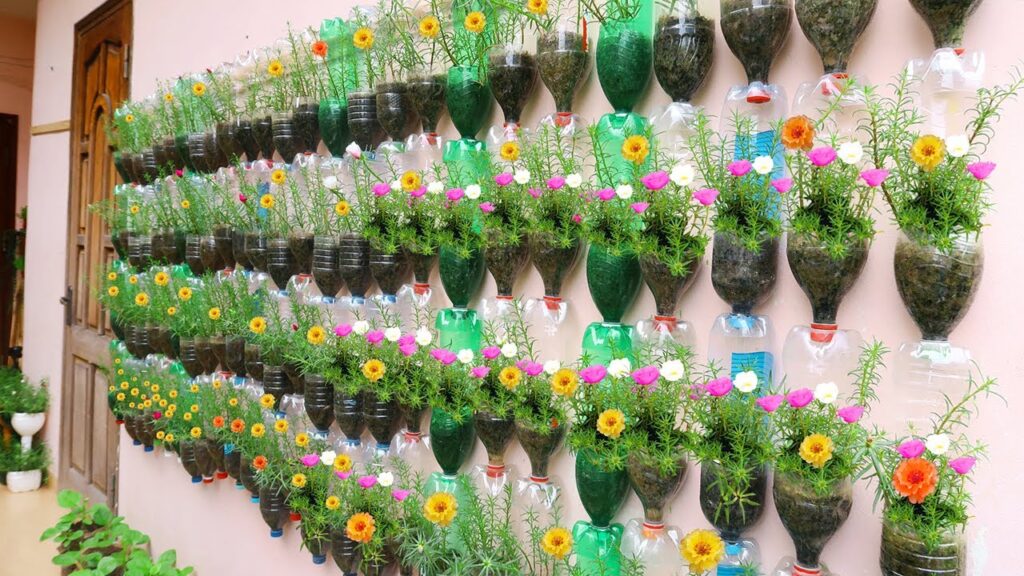
Turn plastic waste into green gold by building a vertical wall using recycled plastic bottles. Cut openings into bottles, fill them with soil, and mount them to a frame or fence in rows. You can hang them upside down or horizontally, depending on your layout.
This eco-friendly idea is perfect for budget gardeners and works well in schools or community gardens. Paint the bottles or decorate them for a colorful, whimsical look. Choose lightweight plants that thrive in small containers.
Not only does this idea promote recycling, but it also creates a visually striking and environmentally conscious garden space. It’s a fun project to do with kids or to encourage sustainable gardening habits.
15. Hanging Macramé Plant Wall
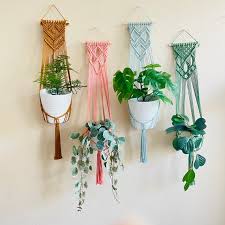
Combine the art of macramé with plant styling for a cozy, boho vertical garden. Hang multiple macramé plant holders from a wooden rod or curtain rod mounted to the wall. Fill each one with small potted plants like ferns, pothos, or spider plants.
This style adds softness and movement to a space, especially when paired with woven rugs, linen curtains, or rattan furniture. It’s ideal for bedrooms, reading nooks, or sunrooms that could use a touch of greenery.
Macramé plant walls are lightweight, renter-friendly, and endlessly customizable. They offer a creative way to showcase plants and fiber art in one artistic composition.
Tips for Maintaining Your Living Wall
To keep your vertical garden thriving, establish a consistent watering routine suited to your plant types. Use planters with good drainage and avoid overwatering, especially for indoor walls. Consider using drip irrigation or self-watering systems for ease.
Regularly check for pests, yellowing leaves, or mold. Rotate plants to ensure even light exposure and prune back any overgrowth. Fertilize as needed depending on the plant species and growing medium.
Keep your wall clean and well-ventilated, and always protect interior walls with moisture barriers or liners if necessary. With a little ongoing care, your living wall can stay lush and beautiful all year long.
Final Thoughts
DIY living walls are a brilliant way to blend nature with design, no matter your space or skill level. From rustic ladders to sleek hydroponic systems, there’s a vertical garden project for every personality and home style.
These 15 ideas show how creativity and greenery can come together to transform blank walls into vibrant, life-filled canvases. Ready to try your own? Pick one idea and start small—you’ll be amazed at how much it can elevate your space.
Which idea inspired you most? Share your favorites in the comments or tag your DIY living wall on social media!

